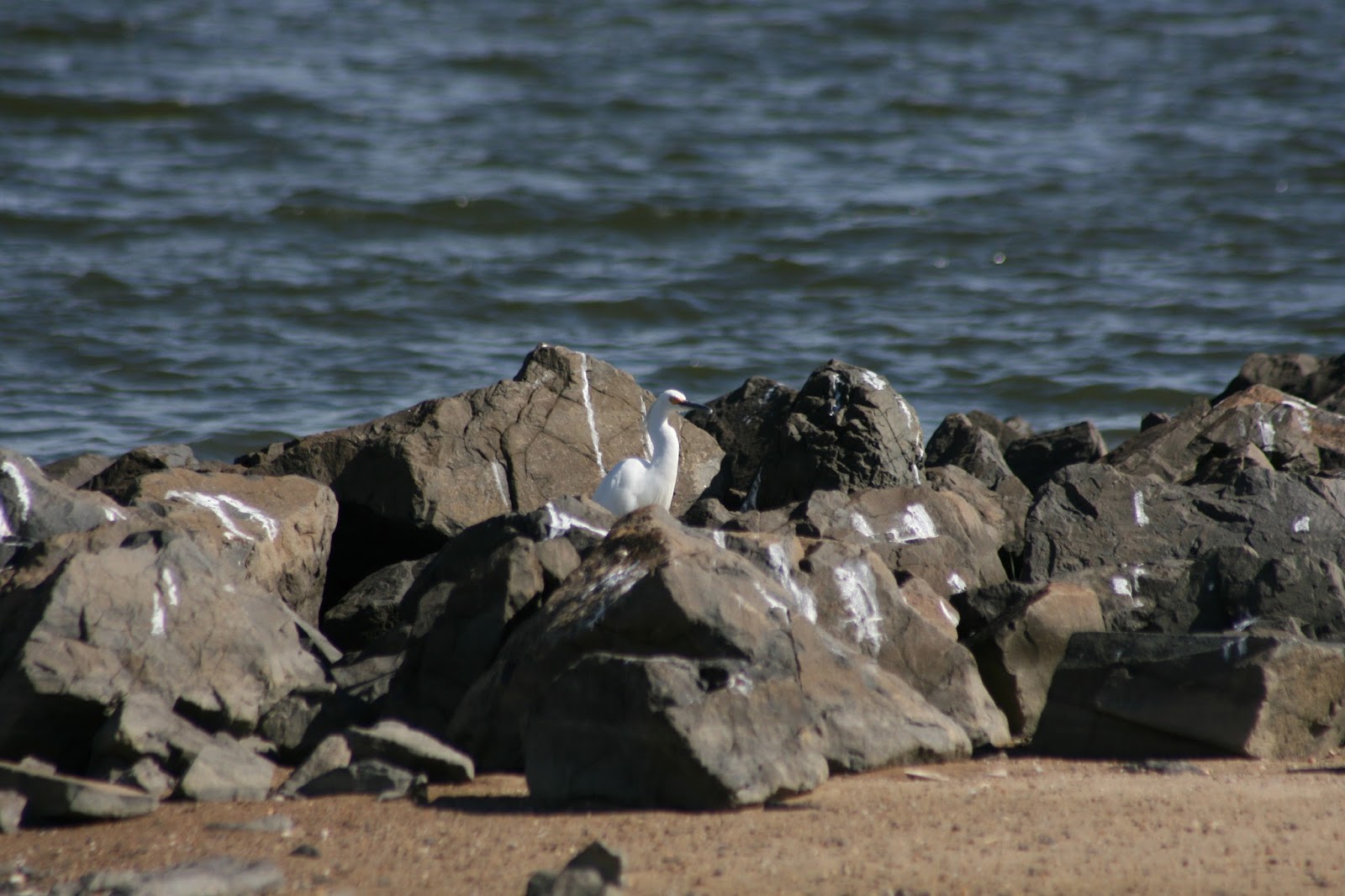For me, the Yellow-Rumped Warbler is one of those signs of fall. This flighty warbler is one of my true signs of autumn. This warbler is unique in that most of its wintering range is in North America and not the Neotropics. There are wide ranges of biodiversity with birds and even within bird families. Some warblers like the inside of the tree, some the outside, some the brush. You can have several different type of warblers in a single tree, eating completely different kinds of insects in completely different parts. The variety of Yellow-Rumped Warblers also helps us to appreciate the differences of individuals in the bird world as each butter but can pose a challenge for IDing under certain lights. In the end, getting out and appreciating Yellow-Rumpeds helps us to understand the world of warblers better. So get out and bird!
A Frog in a Pond
The Butter-Butt in a Tree
More Butter-Butt
Can you find the Butter-Butt?
2013 Year List: 263
Yellow-Rumped Warbler on All About Birds - Link



























